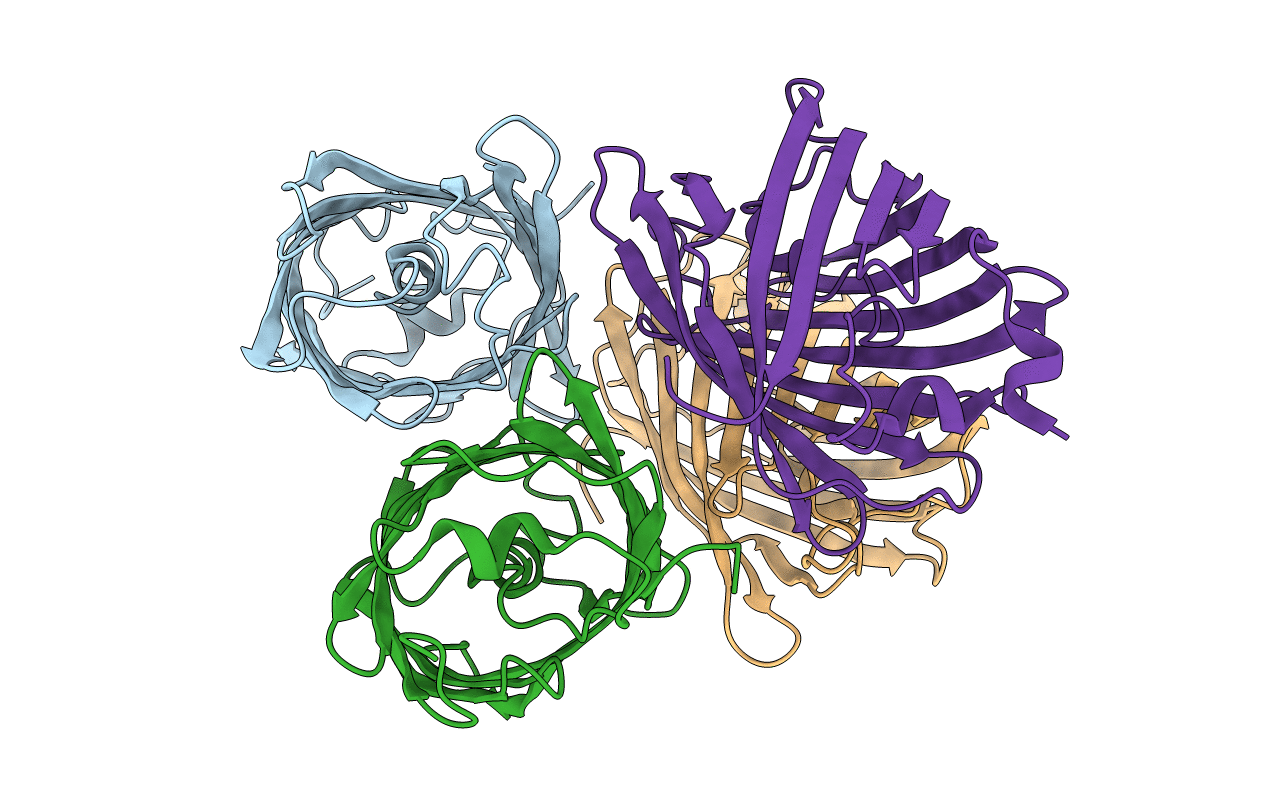
Deposition Date
2006-10-11
Release Date
2006-12-05
Last Version Date
2024-10-16
Entry Detail
PDB ID:
2IOV
Keywords:
Title:
Bright-state structure of the reversibly switchable fluorescent protein Dronpa
Biological Source:
Source Organism:
Echinophyllia sp. SC22 (Taxon ID: 301887)
Host Organism:
Method Details:
Experimental Method:
Resolution:
1.80 Å
R-Value Free:
0.21
R-Value Work:
0.18
R-Value Observed:
0.18
Space Group:
I 2 2 2


